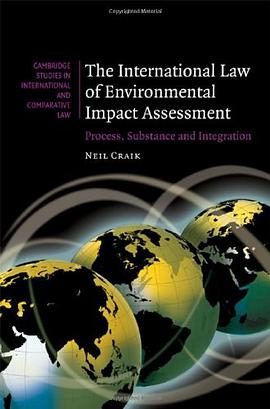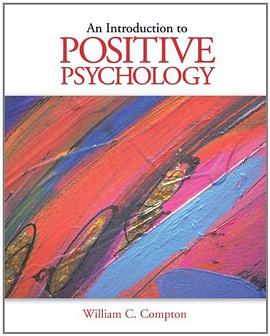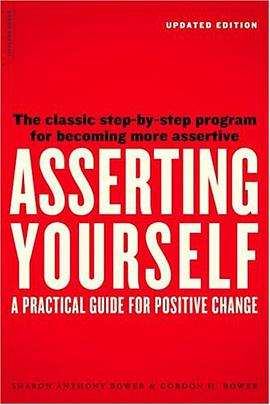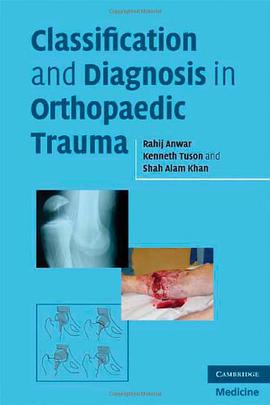

The central idea animating environmental impact assessment (EIA) is that decisions affecting the environment should be made through a comprehensive evaluation of predicted impacts. Notwithstanding their evaluative mandate, EIA processes do not impose specific environmental standards, but rely on the creation of open, participatory and information rich decision-making settings to bring about environmentally benign outcomes. In light of this tension between process and substance, Neil Craik assesses whether EIA, as a method of implementing international environmental law, is a sound policy strategy, and how international EIA commitments structure transnational interactions in order to influence decisions affecting the international environment. Through a comprehensive description of international EIA commitments and their implementation with domestic and transnational governance structures, and drawing on specific examples of transnational EIA processes, the author examines how international EIA commitments can facilitate interest coordination, and provide opportunities for persuasion and for the internalisation of international environmental norms.
具体描述
读后感
评分
评分
评分
评分
用户评价
相关图书
本站所有内容均为互联网搜索引擎提供的公开搜索信息,本站不存储任何数据与内容,任何内容与数据均与本站无关,如有需要请联系相关搜索引擎包括但不限于百度,google,bing,sogou 等
© 2025 book.wenda123.org All Rights Reserved. 图书目录大全 版权所有




















